Iason Papaioannou
Maximum a Posteriori Estimation for Linear Structural Dynamics Models Using Bayesian Optimization with Rational Polynomial Chaos Expansions
Aug 07, 2024Abstract:Bayesian analysis enables combining prior knowledge with measurement data to learn model parameters. Commonly, one resorts to computing the maximum a posteriori (MAP) estimate, when only a point estimate of the parameters is of interest. We apply MAP estimation in the context of structural dynamic models, where the system response can be described by the frequency response function. To alleviate high computational demands from repeated expensive model calls, we utilize a rational polynomial chaos expansion (RPCE) surrogate model that expresses the system frequency response as a rational of two polynomials with complex coefficients. We propose an extension to an existing sparse Bayesian learning approach for RPCE based on Laplace's approximation for the posterior distribution of the denominator coefficients. Furthermore, we introduce a Bayesian optimization approach, which allows to adaptively enrich the experimental design throughout the optimization process of MAP estimation. Thereby, we utilize the expected improvement acquisition function as a means to identify sample points in the input space that are possibly associated with large objective function values. The acquisition function is estimated through Monte Carlo sampling based on the posterior distribution of the expansion coefficients identified in the sparse Bayesian learning process. By combining the sparsity-inducing learning procedure with the sequential experimental design, we effectively reduce the number of model evaluations in the MAP estimation problem. We demonstrate the applicability of the presented methods on the parameter updating problem of an algebraic two-degree-of-freedom system and the finite element model of a cross-laminated timber plate.
Sparse Bayesian Learning for Complex-Valued Rational Approximations
Jun 06, 2022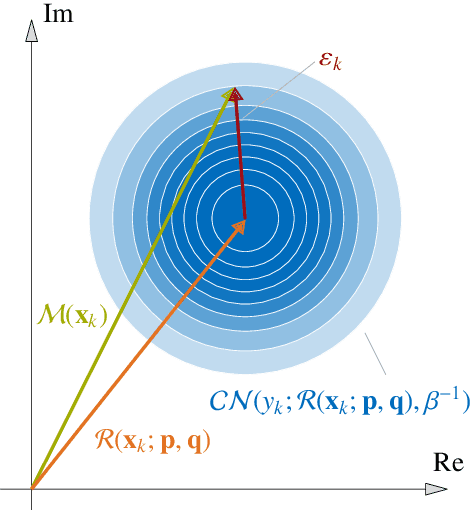
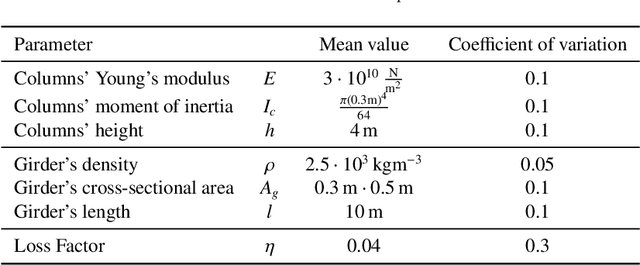
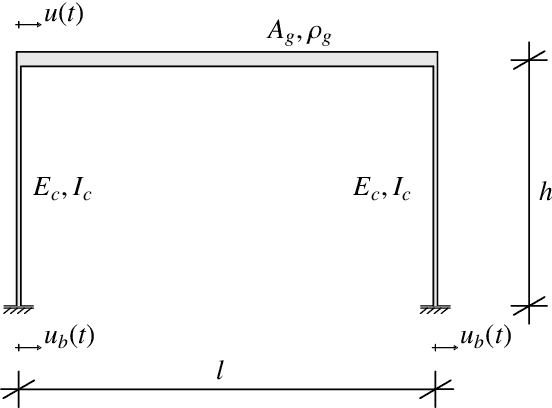

Abstract:Surrogate models are used to alleviate the computational burden in engineering tasks, which require the repeated evaluation of computationally demanding models of physical systems, such as the efficient propagation of uncertainties. For models that show a strongly non-linear dependence on their input parameters, standard surrogate techniques, such as polynomial chaos expansion, are not sufficient to obtain an accurate representation of the original model response. Through applying a rational approximation instead, the approximation error can be efficiently reduced for models whose non-linearity is accurately described through a rational function. Specifically, our aim is to approximate complex-valued models. A common approach to obtain the coefficients in the surrogate is to minimize the sample-based error between model and surrogate in the least-square sense. In order to obtain an accurate representation of the original model and to avoid overfitting, the sample set has be two to three times the number of polynomial terms in the expansion. For models that require a high polynomial degree or are high-dimensional in terms of their input parameters, this number often exceeds the affordable computational cost. To overcome this issue, we apply a sparse Bayesian learning approach to the rational approximation. Through a specific prior distribution structure, sparsity is induced in the coefficients of the surrogate model. The denominator polynomial coefficients as well as the hyperparameters of the problem are determined through a type-II-maximum likelihood approach. We apply a quasi-Newton gradient-descent algorithm in order to find the optimal denominator coefficients and derive the required gradients through application of $\mathbb{CR}$-calculus.
Sparse Polynomial Chaos expansions using Variational Relevance Vector Machines
Dec 23, 2019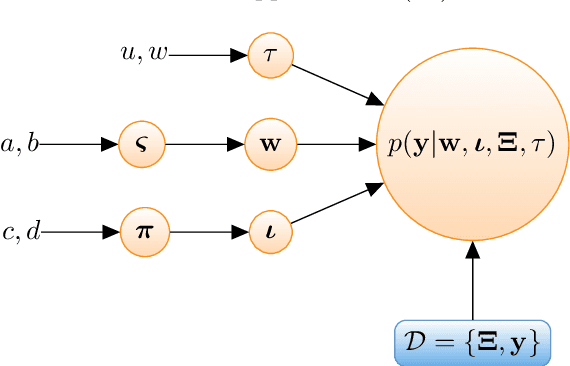

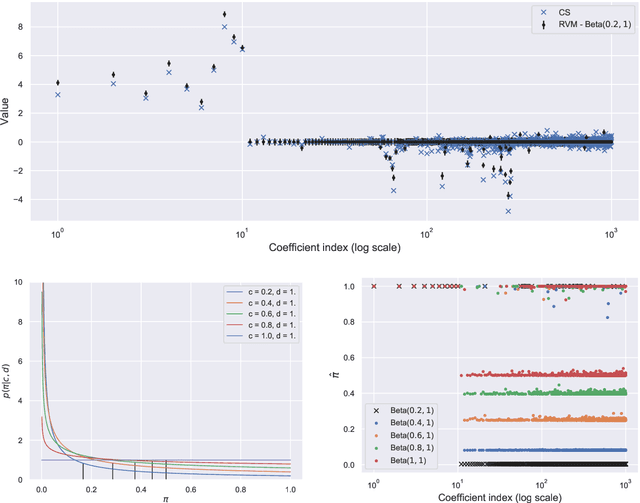

Abstract:The challenges for non-intrusive methods for Polynomial Chaos modeling lie in the computational efficiency and accuracy under a limited number of model simulations. These challenges can be addressed by enforcing sparsity in the series representation through retaining only the most important basis terms. In this work, we present a novel sparse Bayesian learning technique for obtaining sparse Polynomial Chaos expansions which is based on a Relevance Vector Machine model and is trained using Variational Inference. The methodology shows great potential in high-dimensional data-driven settings using relatively few data points and achieves user-controlled sparse levels that are comparable to other methods such as compressive sensing. The proposed approach is illustrated on two numerical examples, a synthetic response function that is explored for validation purposes and a low-carbon steel plate with random Young's modulus and random loading, which is modeled by stochastic finite element with 38 input random variables.
 Add to Chrome
Add to Chrome Add to Firefox
Add to Firefox Add to Edge
Add to Edge